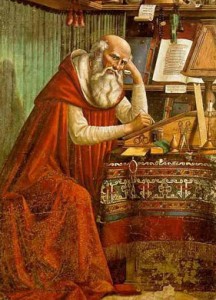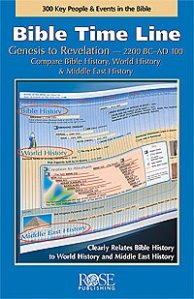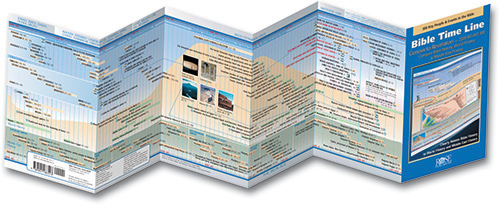The Bible is very easy to understand.
But we Christians are a bunch of scheming swindlers.
We pretend to be unable to understand it because we know very well that the minute we understand we are obliged to act accordingly. Take any words in the New Testament and forget everything except pledging yourself to act accordingly. My God, you will say, if I do that my whole life will be ruined. How would I ever get on in the world?
Herein lies the real place of Christian scholarship. Christian scholarship is the Church’s prodigious invention to defend it-self against the Bible, to ensure that we can continue to be good Christians without the Bible coming too close. Oh, priceless scholarship, what would we do without you? Dreadful it is to fall into the hands of the living God. Yes, it is even dreadful to be alone with the New Testament.
I open the New Testament and read: “If you want to be perfect, then sell all your goods and give to the poor and come follow me.” Good God, if we were to actually do this, all the capitalists, the officeholders, and the entrepreneurs, the whole society in fact, would be almost beggars! We would be sunk if it were not for Christian scholarship! Praise be to everyone who works to consolidate the reputation of Christian scholarship, which helps to restrain the New Testament, this confounded book which would one, two, three, run us all down if it got loose (that is, if Christian scholarship did not restrain it).
– Soren Kierkegaard, provocations pp 201-202



